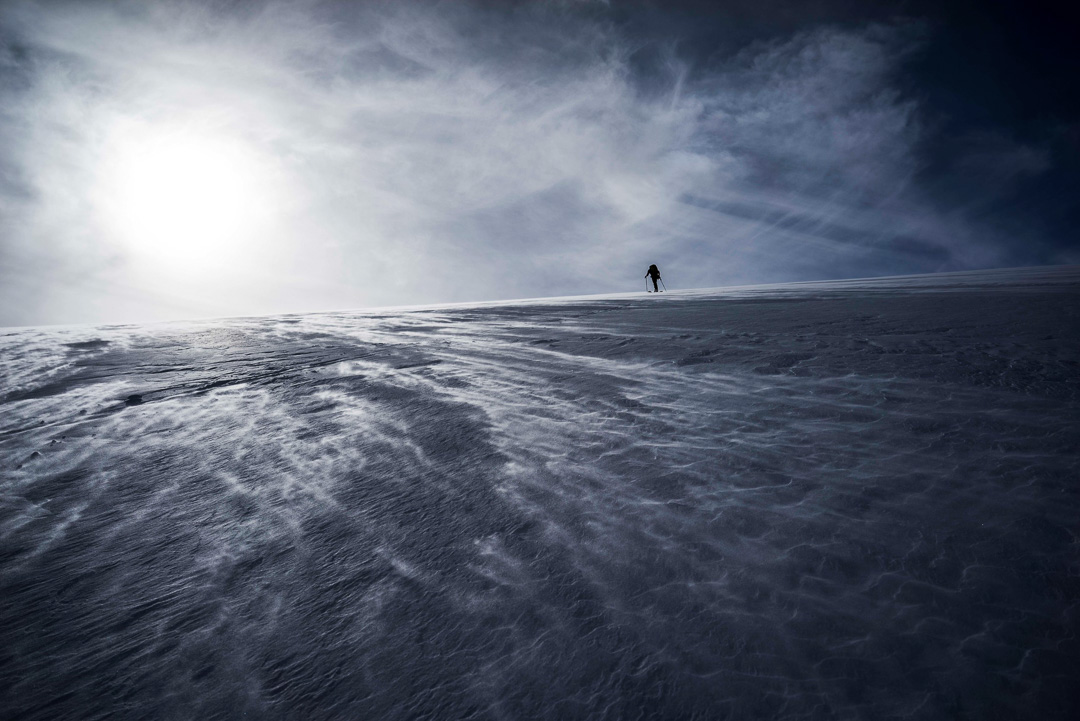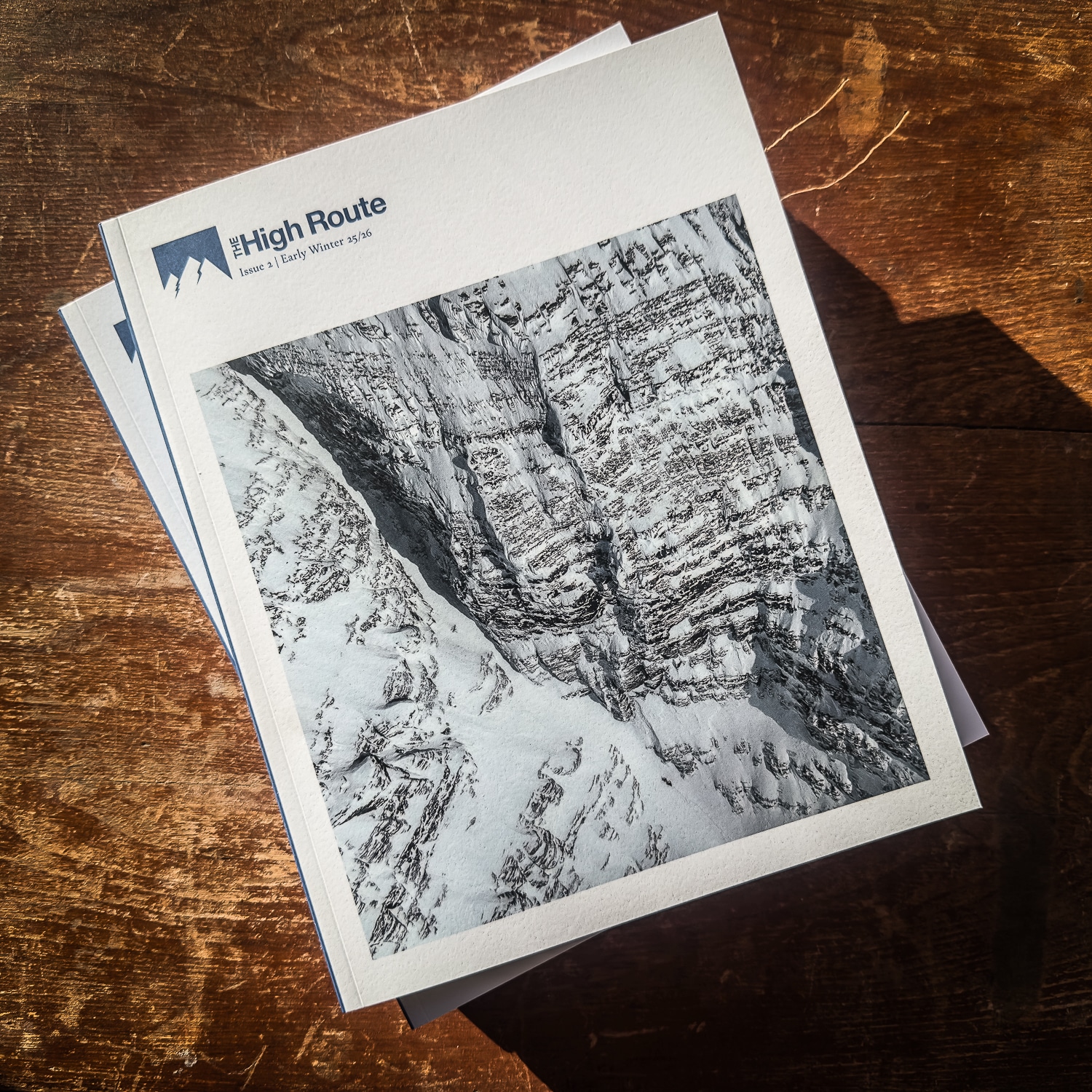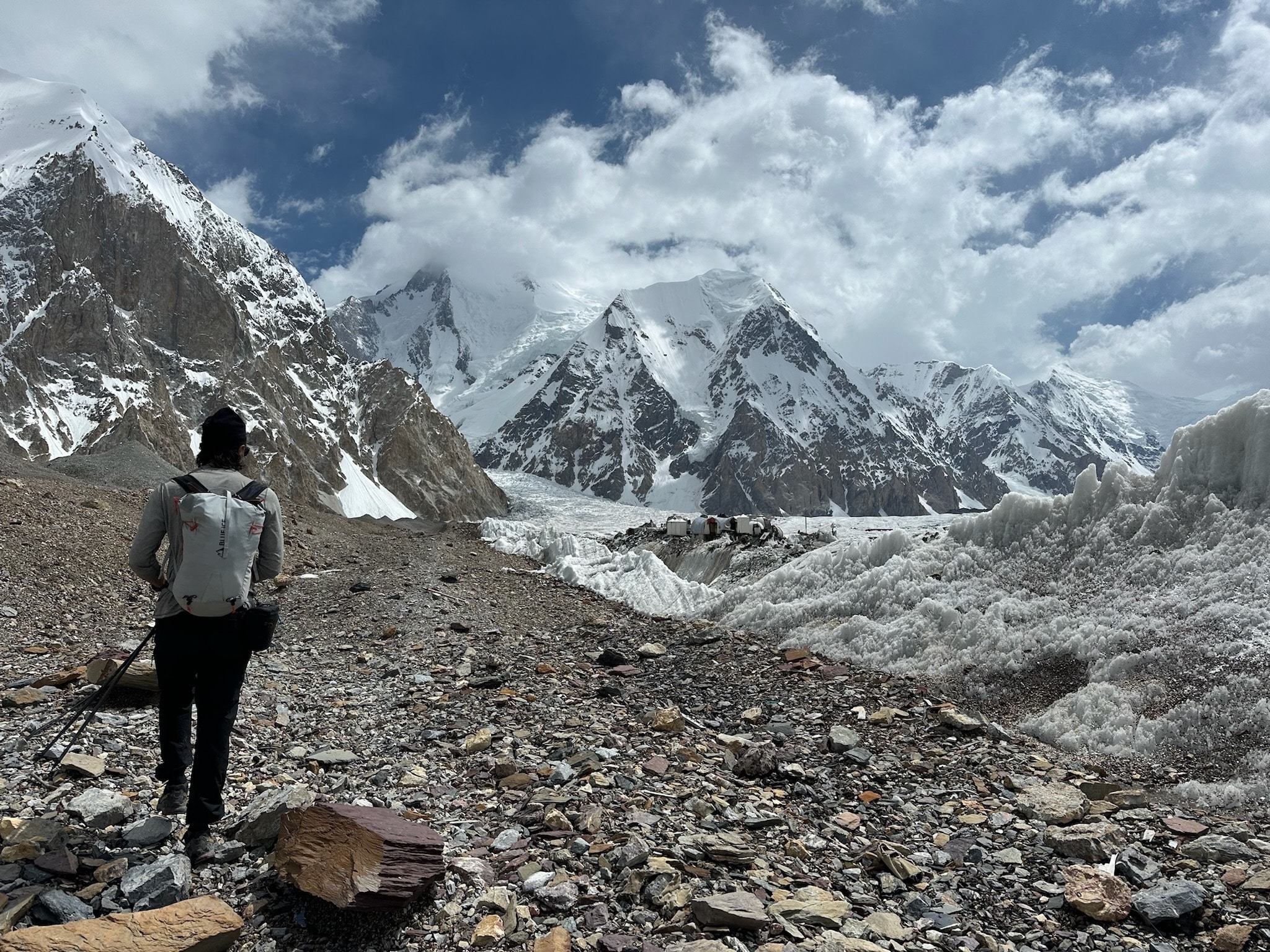Part II of the Planning a Traverse series: The Multi Day Push, provides insights for proper route planning and overnighting in a winter mountain environment for a point-to-point traverse.
The Alpine Start: Be Motivated Early AM
Sleep is important. And good sleep can be hard to come by on a multiday traverse. You want to be rested. It is also important to wake early and start the day. Alpinists are known for the eponymous alpine start — essentially waking at zero-dark-thirty, consuming liquid fuel and courage in some coffee, stomaching some facsimile of breakfast, and rolling out for an approach, or, if up on a wall, beginning to pitch it out. Same for traversers. Get out early and go deeper.
There are a few good reasons for moving at or near sunrise. Expect a solid refreeze overnight. Moving over refrozen snow can be fast. An early start maximizes your time on this type of surface. This can be key if you expect high temps and, like us, you wilt under an intense sun.
The other solid reason for early starts, which is understandably hard to do, is expecting the unexpected. Rarely does route finding go as planned on a multiday traverse. For example, a cornice or avalanche-prone slope may cause a delay or significant reroute. The early start buys you time to deal with the problem solving you didn’t exactly plan for, but you should expect in the high mountains.
If the tail end of the traverse is going smoothly, sometimes, and only rarely, it’s OK to break the cycle of alpine starts and treat the traverse more like a late wake-up call on a raft trip. Do so sparingly: you don’t want your partner dithering as the sun sets and hours to go until you locate a suitable camping spot.
Climbers/alpinists also have a tidy phrase that ski traverses should embrace, the %22low gravity day.%22 A day when ascending technical ground flows expeditiously. A %22low gravity day%22 is easier to harness on a traverse if your days harness all the available sunlight to cover ground— start early.
Hey, one more thing. If you are a morning person, as I am, embrace the alpine start motivator role. Your partners might begrudge the pre-dawn jostling, but they’ll love you for the coffee-in-sleeping-bag service. And choose your partners wisely if that’s not you. Someone has to motivate first.
The Camping Spot
Views are nice. Protection from wind is nice. Lower rather than high altitude is nice. A flat area, even a small flat area for a tent, pads, and bags, is required. Sleep is key for recovery.
This is a ski traverse; you must manage overhead hazards. Thoroughly assess potential camping spots for such threats via your preferred mapping app. And then, on the ground, ensure it remains safe from any possible collapses or runouts before fully committing to a spot.
Our preferred sleeping areas are protected, as best as can be managed, from prevailing or gusty mountain winds. This likely precludes high passes, cols, ridges, and exposed plateaus from consideration. If you can find a stand of alpine trees, consider that as a tent-pitch-worthy spot to crash for an evening.
How high? As in, how high should you camp? On many high traverses, particularly in the Western U.S., high altitude and acclimatization are things to consider. Usually, humans sleep better at lower altitudes— the partial pressure of Oxygen is higher. Sleeping low in the mountains is relative. For example, on day 1 of a 2021 Wind River traverse, we slept at 12,500′. Too high; it was a rough night. On day 1 of a 2022 Wind River traverse, where we began on the southern terminus, not the higher northern terminus, we slept at roughly 9,500′. So much better. We planned the route to hit a high point of ~12,000′ on that first day to get a bump for acclimatization purposes but chose a much lower camping spot. On subsequent nights, we slept higher, which felt good, considering we could gradually build our exposure to higher elevations. As a rule, try to sleep low. If you must select camping spots at higher elevations, do your best to be acclimated before sleeping high, as a lost night’s sleep, or even mild altitude sickness, can ruin the traverse.






Leave a Reply
You must be logged in to post a comment.